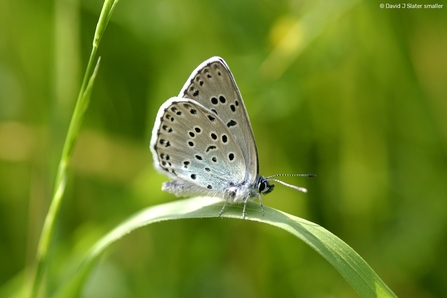The trailer may have featured orcas and puffins, but viewers across the country got a thrill when they heard their counties name mentioned. Some of these special species and wild places are even closer than you might think!
The opening episode took us from flower-filled meadows to dynamic coastlines, but it also settled in the farmlands and woodlands of Gloucestershire.
Lying between the steep Cotswold escarpment and the mighty River Severn, this area is dominated by ancient woodland – particularly that of Lower Woods nature reserve, the largest nature reserve in our care. The term ancient is used to describe woodlands that have existed since 1600CE, but Lower Woods far predates that with evidence of a Roman villa behind the lodge and human occupation for millennia.
Here, adders bask in sunshine filled glades and the woodland floor is carpeted with bluebells and wild garlic in springtime. The Wild Isles team visited Lower Woods to film one plant in particular with a more ominous story – lords-and-ladies, Arum masculatum.
This shade-loving plant produces an upright stalk of toxic bright red berries in autumn, but unlike other flowers that tempt in pollinators with sweet, sugary smells, lords-and-ladies emit a pungent smell that draws in tiny flies. They expect to find something rotting down and easily accessible, but instead slide down the slippery edges into the base of the flower. Here they’re trapped overnight but are released the next day showered in pollen to move onto the next flower.
Keep an eye out for these distinctive flowers in April and May!


